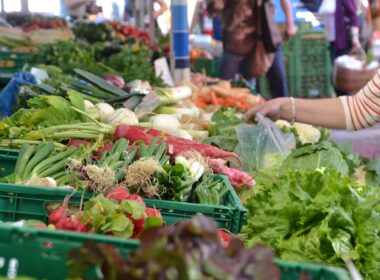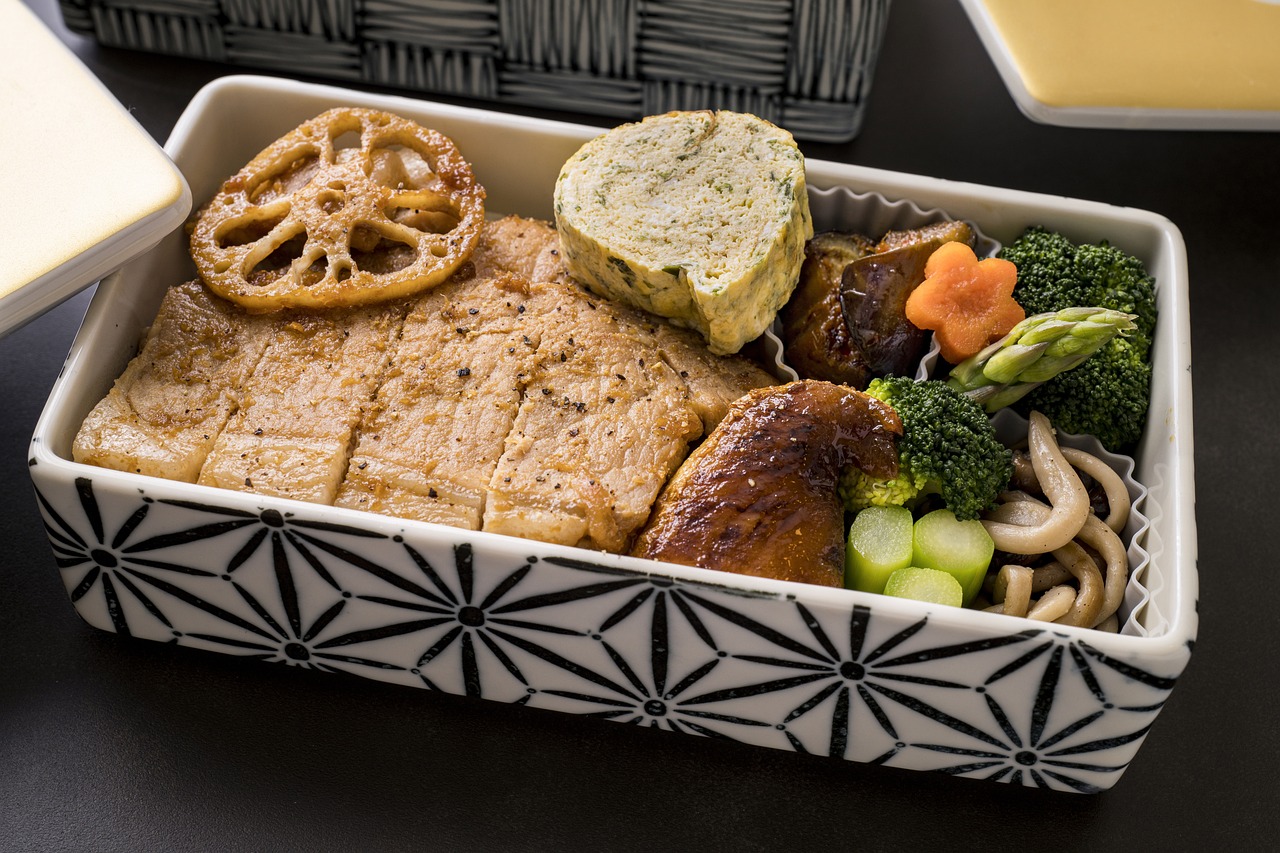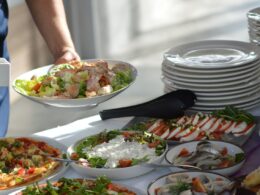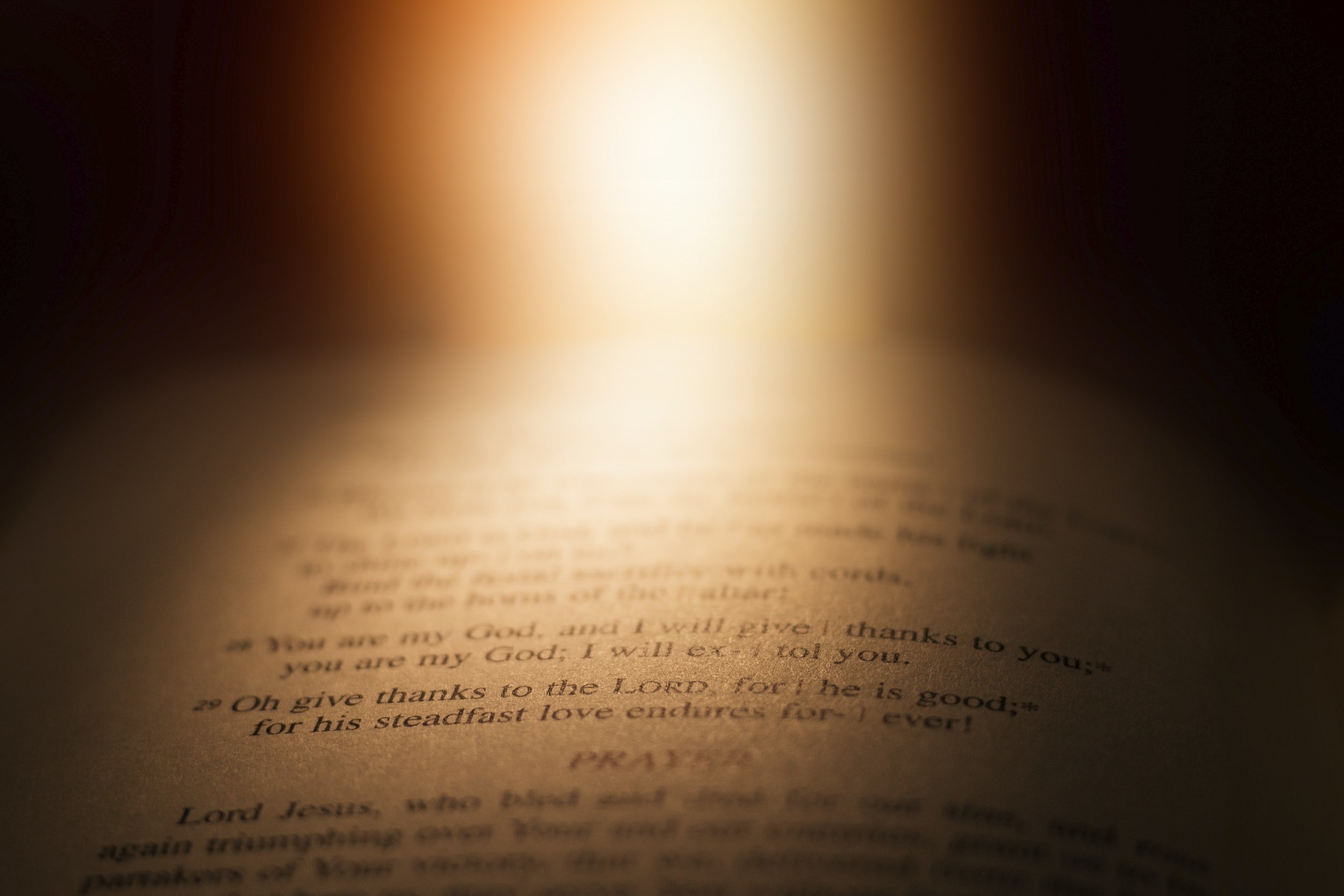Wednesday, 12:10pm. It was time (finally) for lunch. A current of five-foot-nothing school kids streamed toward the cafeteria on the far side of the campus. As was true in many middle schools, the cafeteria was also the theater was also the assembly hall was also the gym was also the …
Lunch happened five times a week, of course, so it was largely brainless: shuffle in, find a seat, pull out the winkled brown paper bag from my Jansport backpack, and slowly, carefully, rummage around inside to identify the makings of lunch. This was a critical security check. Dump everything on the table and you risked revealing an unholy (and likely pungent) main course: salmon pasta reeking of yesterday’s fish; a sandwich stuffed with leftover chicken cutlets, sickly capers pushing out the sides; or an unctuous beef stew with parts unidentifiable. Any of it spelled ridicule.
On that particular Wednesday, I felt around the corners of my lunch bag to uncover something oddly shaped, wrapped in tinfoil. I retrieved it — slowly — and looked at it under the table. It took me a second, but I finally identified it: a chicken leg. Was this ridicule-worthy? Hard to say.
As I was weighing the pros and cons of unwrapping and gnawing down in plain view, the school’s popular bad boys pulled up a seat in front of me. Both of them. They paid me no mind at first, but I knew they would notice me nibbling on a chicken leg. Smacking my lips like a jester at the Ren Fair. Who does that? It was the perfect recipe for mockery.
Any other day, I would have kept the wrapped chicken leg in my bag and thrown it away when the bell ushered us on to fourth period. Slight hitch, though: I was starving.
I decided to go for it. Discreetly unwrapping the tinfoil, I folded up the outer edges to hide my nibbles. No Ren Fair turkey-leg gorging for me; I sheepishly lowered my head and took a few gentle nibbles, then pulled back, keeping the tinfoil high enough to obscure the leg. No one need know my shame.
My efforts at flying below the radar were fruitless, however. One of the bad boys — Sean I think his name was — turned to me and with a give-a-shit shrug said, “Just eat your chicken leg, dude. Who cares?”
Permission granted, I nibbled ever so slightly more intently. Though I did keep the tinfoil at attention in case others joined us and took the opportunity to mock my weird-ass lunch.
#
In the 2022 collection of “Best American Food Writing,” Jaya Saxena (a freelance writer at Eater) kicks things off with a gentle yet insightful litigation of what she dubs the “Lunchbox Moment.” She draws on a literary vignette to set the stage: a Korean student, desperate to fit in at his American school, is ridiculed when he opens his lunchbox. Mom didn’t pack the popular name-brand candy and fast-food lookalikes. No, she packed bulgogi. The ridicule was almost instantaneous; classmates quickly dubbed the kid’s lunch “booger-gi.” (Nobody said preteens were clever.)
In subsequent scenes and dissections, Saxena makes a point we often miss: The “Lunchbox Moment” is not ubiquitous. In fact, it’s a bit of a cliché at this point, seldom representing the true experience of anyone trying to assimilate. She calls on memories of minority writers across the food world whose experiences were more subtle, and sometimes very positive. In one case, classmates were jealous. In another, they were simply curious.
As I read this, I recalled not just my own “Lunchbox Moments” — sometimes a magnet for derision, but other times a powerful tool for education and bond-building — and an LGBT analog came to mind. Our “Lunchbox Moment” isn’t grilled meat and piquant spicing; it’s our coming out story. The one we’ve adopted as the standard of our community: A sweet young gay man or woman lives in a conservative household, shackled by evangelical or otherwise strict Christianity. Their “gayness” comes to light somehow — often against the kid’s wishes — and tempers flare. Unconscionable things are said. Summarily, the newly outed gay teen is kicked out, left to make their own way long before 18 ever hits.
They do, of course, but it’s a hard road. A road sometimes marked by homelessness, drug use, legal problems. When they finally get their feet under them and a community of embracing LGBT friends around them, they cut family and church off for survival. Never again, they vow. Never again.
This story is, unfortunately, not a fiction. Many have experienced it. Many still do. But much like the “Lunchbox Moment” or Saxena’s rendering, it does not serve as the story of all LGBT youth. My coming out story was quiet different — and I’m lucky for that. I grew up in a predominantly Catholic household. When I told my parents, sputtering out a jerky monologue, eyes pinned to the floor and heart racing, I waited for something awful. I couldn’t imagine what, but I braced for it. Instead, I got what I should have known would come: happy tears, warm hugs, and plenty of “I love you’s.”
In part because of this, I continued my relationship with the church. In fact, I made it the subject of my graduate study. I was enamored of god and all his/her/their manifestations. I loved the idea of love on a much grander scale, and wanted desperately to be a part of it. I grew close with pastors and preachers. I engaged in the church, volunteering and organizing. I even originated my own service, which I happily led for almost four years.
I find it hard to explain this to another LGBT individual — especially one who appears to swim in the mainstream of our community. While most LGBT folks are not blind followers of a single gay worldview, there is an undercurrent of detest for church and conservative blood family. How do I possibly share my love of theology and god with someone in that space? How do I begin to feel like I’m part of the same community?
#
Perhaps it’s an ironic happenstance that food is at the crux of these “Lunchbox Moments.” In my studies, and in my personal belief, sharing food is a powerful way to bring people together. It opens doors, sparks stories, and creates new memories. It’s not simply incidental that Christ brought the apostles together for the Last Supper. Nor is it incidental that my schooltime lunches inspired new friends to ask their parents for more creative meals at home. Food is everything. But food is not the same for all of us, just as the roots of our coming out are not the same.
If there’s one thing I wish for in the LGBT community as the years progress, it’s this: Let us share stories like brave souls shared food at lunchtime in our school years. Let’s listen, let’s eat, let’s try to understand. And for those of us still too timid to share our lunch, let’s take a leap of faith. There are many ways to enjoy lunch; there are many ways to be gloriously gay.











Eloquent and insightful. Your prose is elegant.